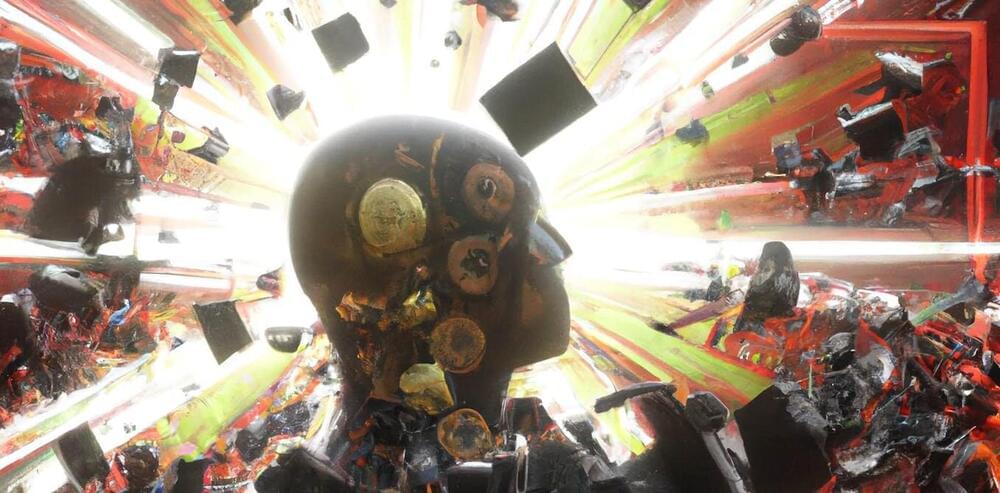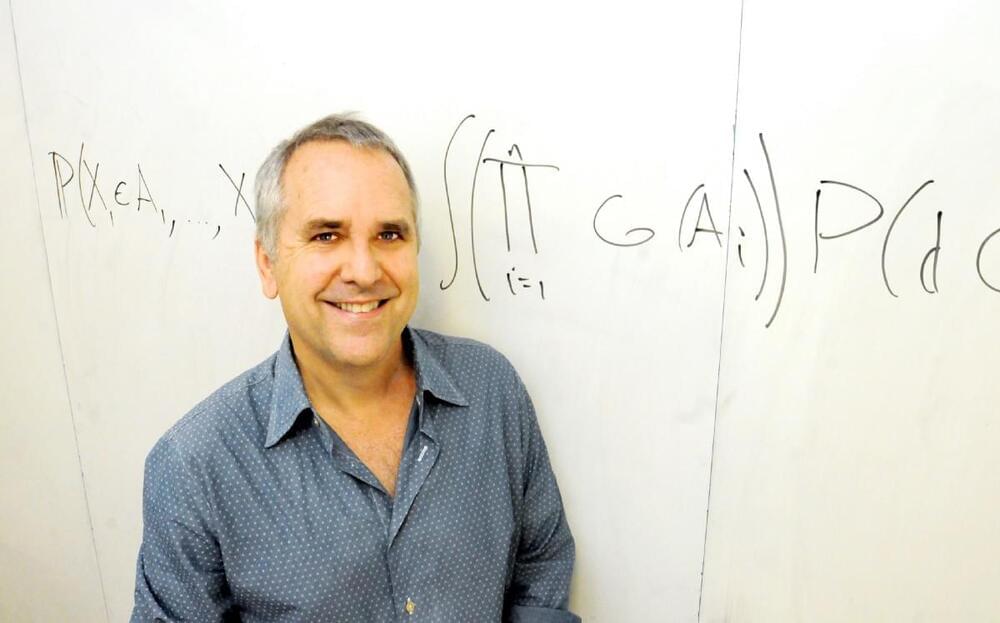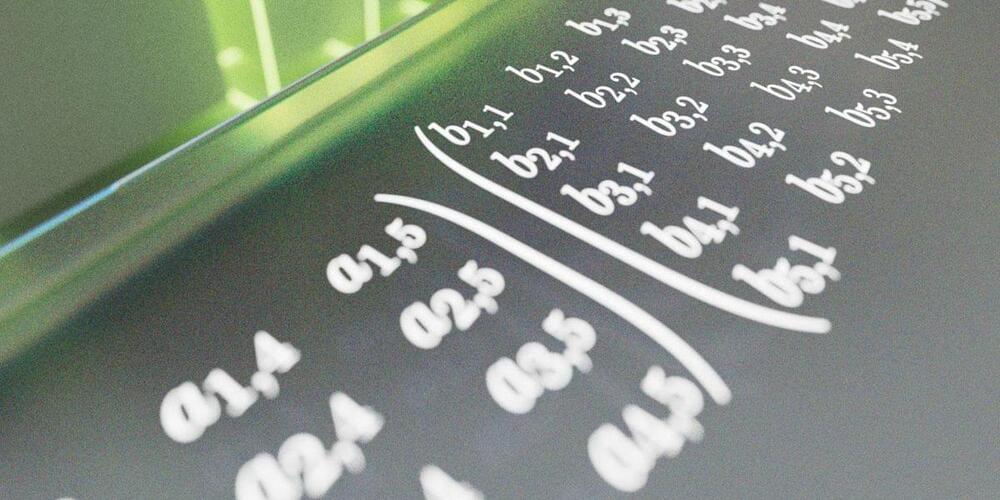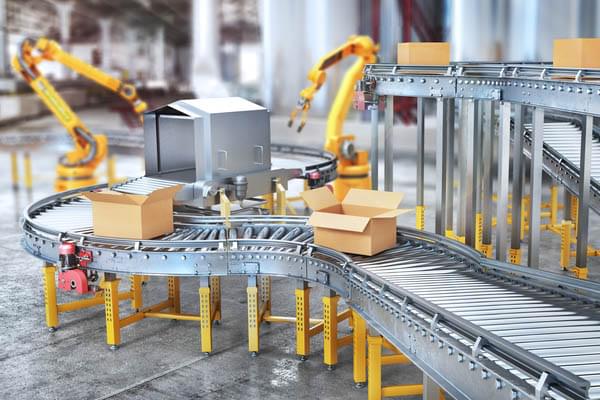Would an advanced AI try to take over the world? If it uses a common approach called ‘reinforcement learning’, the answer is almost certainly yes.


So even insects like to play and have fun.
Bumble bees enjoy playing with balls, suggesting insect minds are far more sophisticated than previously thought, researchers have found.
It is the first study to prove that the insects like to play with toys, even when there is no apparent benefit to their actions.
Researchers at Queen Mary University of London found that bees spontaneously chose to ignore food to roll wooden balls, with younger bees opting to roll more balls than older bees.
It suggests that younger bees are more playful, just like human children.

Artificial Intelligence (AI) is the mantra of the current era. The phrase is intoned by technologists, academicians, journalists and venture capitalists alike. As with many phrases that cross over from technical academic fields into general circulation, there is significant misunderstanding accompanying the use of the phrase. But this is not the classical case of the public not understanding the scientists — here the scientists are often as befuddled as the public. The idea that our era is somehow seeing the emergence of an intelligence in silicon that rivals our own entertains all of us — enthralling us and frightening us in equal measure. And, unfortunately, it distracts us.
There is a different narrative that one can tell about the current era. Consider the following story, which involves humans, computers, data and life-or-death decisions, but where the focus is something other than intelligence-in-silicon fantasies. When my spouse was pregnant 14 years ago, we had an ultrasound. There was a geneticist in the room, and she pointed out some white spots around the heart of the fetus. “Those are markers for Down syndrome,” she noted, “and your risk has now gone up to 1 in 20.” She further let us know that we could learn whether the fetus in fact had the genetic modification underlying Down syndrome via an amniocentesis. But amniocentesis was risky — the risk of killing the fetus during the procedure was roughly 1 in 300. Being a statistician, I determined to find out where these numbers were coming from.

Art is a fascinating yet extremely complex discipline. Indeed, the creation of artistic images is often not only a time-consuming problem but also requires a significant amount of expertise. If this problem holds for 2D artworks, imagine extending it to dimensions beyond the image plane, such as time (in animated content) or 3D space (with sculptures or virtual environments). This introduces new constraints and challenges, which are addressed by this paper.
Previous results involving 2D stylization focus on video contents split frame by frame. The result is that the generated individual frames achieve high-quality stylization but often lead to flickering artifacts in the generated video. This is due to the lack of temporal coherence of the produced frames. Furthermore, they do not investigate the 3D environment, which would increase the complexity of the task. Other works focusing on 3D stylization suffer from geometrically inaccurate reconstructions of point cloud or triangle meshes and the lack of style details. The reason lies in the different geometrical properties of starting mesh and produced mesh, as the style is applied after a linear transformation.
The proposed method termed Artistic Radiance Fields (ARF), can transfer the artistic features from a single 2D image to a real-world 3D scene, leading to artistic novel view renderings that are faithful to the input style image (Fig. 1).
Researchers at Tokyo Metropolitan University have created a robotic system that could automate the cleaning of restrooms in convenience stores and other public spaces. This system, introduced in a paper published in Advanced Robotics, will be competing in the Future Convenience Store Challenge (FCSC) at the World Robot Summit (WRS), a competition for state-of-the-art technologies to automate convenience stores.
“Many convenience stores provide restrooms for customers, and restroom cleaning is an essential part of the business,” Kazuyoshi Wada, one of the researchers who developed the system, told TechXplore. “While restroom cleaning is necessary for sanitary purposes, it involves mental and physical hard work. Clerks are often inappropriate for cleaning toilets in convenience stores; and maintaining consistent cleanliness levels is difficult because of the different perceptions of cleanliness among clerks.”
The WRS established the FCSC competition to encourage the development of new technologies that could enhance efficiency in convenience stores. Robotic systems that can autonomously clean restrooms and toilets could particularly help to improve hygiene, while simplifying the work of shop clerks and convenience store cleaners.

Associate Professor of the Department of Information Technologies and Computer Sciences at MISIS University, Ph.D., mathematician and doctor Alexandra Bernadotte has developed algorithms that significantly increase the accuracy of recognition of mental commands by robotic devices. The result is achieved by optimizing the selection of a dictionary. Algorithms implemented in robotic devices can be used to transmit information through noisy communication channels. The results have been published in the peer-reviewed international scientific journal Mathematics.
The task of improving the object (audio, video or electromagnetic signals) classification accuracy, when compiling so-called “dictionaries” of devices is faced by developers of different systems aimed to improve the quality of human life.
The simplest example is a voice assistant. Audio or video transmission devices for remote control of an object in the line-of-sight zone use a limited set of commands. At the same time, it is important that the commands classifier based on the neural network accurately understands and does not confuse the commands included in the device dictionary. It also means that the recognition accuracy should not fall below a certain value in the presence of extraneous noise.
A tentacle robot can gently grasp fragile objects by entangling and ensnaring them – just as a jellyfish would.
Drawing inspiration from nature or, more specifically, from a jellyfish collecting stunned prey, a Harvard team of engineers developed a robotic gripper equipped with thin, soft tentacles to handle irregularly shaped or fragile objects.
A collection of pneumatic rubber tentacles – or filaments – are weak individually, but together they can grasp and securely hold heavy or oddly shaped items. They wrap around the objects by way of simple inflation without sensing, planning, or feedback control.

An artificial intelligence system from Google’s sibling company DeepMind stumbled on a new way to solve a foundational math problem at the heart of modern computing, a new study finds. A modification of the company’s game engine AlphaZero (famously used to defeat chess grandmasters and legends in the game of Go) outperformed an algorithm that had not been improved on for more than 50 years, researchers say.
The new research focused on multiplying grids of numbers known as matrices. Matrix multiplication is an operation key to many computational tasks, such as processing images, recognizing speech commands, training neural networks, running simulations to predict the weather, and compressing data for sharing on the Internet.
Motherboard is live, talking with journalist Kelsey Atherton about the use of AI and robotic weapons.
Follow MOTHERBOARD
Facebook: http://www.facebook.com/motherboardtv.
Twitter: http://twitter.com/motherboard.
Tumblr: http://motherboardtv.tumblr.com/
Instagram: http://instagram.com/motherboardvice.
More videos from the VICE network: https://www.fb.com/vicevideo
